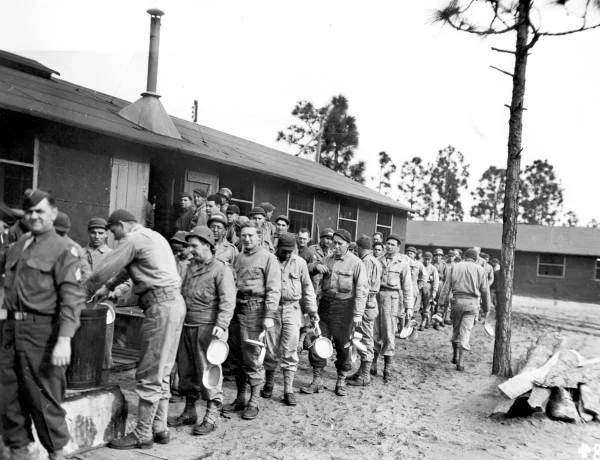Day 54 - Disappointment and Recon
Miles cruised 0, fuel purchased $0, slip fee TBD, daily high temperature 78*F
We awoke to two pieces of bad news. First the cold front from the north arrived with increased winds and temperatures dropping into the 50s at night. Second, the clutch has not arrived.
We decided to do some resonance for when we can finally leave Port St. Joe. We found a nice hotel / marina in Appalach and another marina in Carrabelle. We can jump off for the Gulf crossing from either location. There are several loopers waiting in each site looking for partners to travel with.
During the day we visited St. George Island. St. George Island is a barrier island that is approximately 28 miles long and two miles wide at its widest point. It used to be longer but in the mid – fifties it was decided that the mainland fishing fleet needed a “shortcut” from Apalachicola Bay to the Gulf of Mexico. The two aforementioned islands are part of an island chain approximately four miles off the Franklin County coast. The Cape St. George Light is a focal point after you cross the four mile long causeway and bridge connecting the island to the mainland. On Friday, October 21, 2005, the Cape St. George Light collapsed into the Gulf of Mexico. On Monday, December 1, 2008, the reconstructed lighthouse was opened to the public. Built in 1852 on what is now Little St. George Island, the Light finally succumbed to beach erosion and pounding waves. Working with state and federal government support, the St. George Lighthouse Association spearheaded the effort to salvage the pieces of the Light. Volunteers cleaned the mortar off thousands of the old bricks. The original plans were obtained from the National Archives in Washington, D.C. and the lighthouse was reconstructed on St. George Island, using as much of the original materials as possible.
From St. George Island we traveled to Carrabelle. There we visited the Camp Gordon Johnston WWII museum. Camp Gordon Johnson was a World War II United States Army training center. Carrabelle, a small town southwest of Tallahassee in Franklin County, was little more than a small fishing village when military leaders decided to use the terrain around it as an amphibious training base. A small military installation called Camp Carrabelle was already located here, but it would require major expansion to suit the Army’s needs. Once the site was selected, the federal government quickly bought up 10,000 acres of land and leased an additional 155,000 acres, forming a base with nearly twenty miles of frontage on the Gulf coast between St. George Island and Alligator Point, including Dog Island and the beaches near Carrabelle. In a few weeks contractors were already at work on the thousands of buildings and other structures needed to complete the training center. The camp housed around 10,000 troops at one time and rotating between 24,000 and 30,000 soldiers from 1941 through 1946. Troops trained included nurses who supported soldiers in field in battle zones in Europe and the Pacific theaters. Camp Gordon Johnston quickly developed a reputation for its tough conditions. For many of the camp’s first inhabitants, few of whom were actually from Florida, the contrast between the Florida of postcards and travel literature and the Florida they experienced was incredible. Because they had been thrown together in such short order to accommodate the troops, the barracks lacked dependable heating and in most cases had no floors. At first, the camp had no mess halls, and soldiers were obliged to eat their meals outdoors using their mess kits.
The challenges of the terrain were no cakewalk, either. Sure, there was a beach, but as residents of the camp explained, there were also insects, snakes, lizards, mud, drenching rain, and stifling heat.
Training for amphibious warfare was the initial purpose of Camp Gordon Johnston, but as the war continued the Army began shifting more responsibility for this kind of tactic to the Navy. In 1943 the base was re-purposed as an Army Service Force Training Center, where small companies could be trained to operate boats and amphibious trucks for the Army’s “island-hopping” campaign in the Pacific. Engineers charged with constructing, repairing, and maintaining ports also trained at the center, and starting in 1944 small numbers of German and Italian prisoners of war were sent there. If they were determined not to be members of the Nazi Party they were allowed to work and be paid regular wages for their efforts. Many saved money earned and stayed in the US after the war. Nazi Party members, typically officers, were interrogated then sent to a prison in Biloxi, MS.
We enjoyed the day and returned to the boat only to learn that the parts had not arrived, were on a truck some place between Tampa and Port St. Joe and that we would have to wait until Monday. It was time to plan our next adventure.


